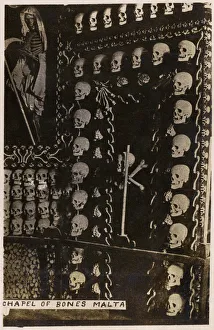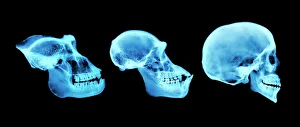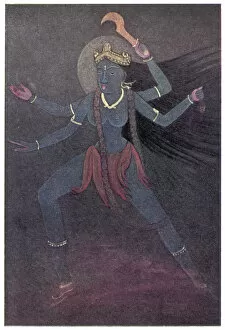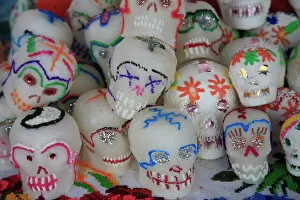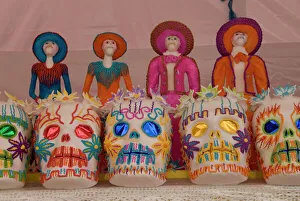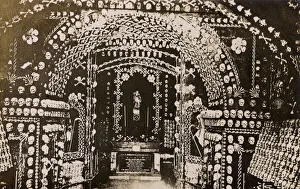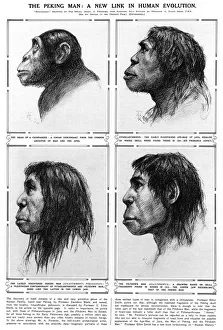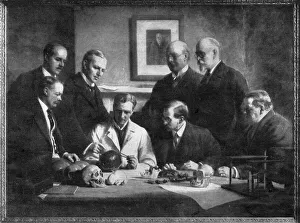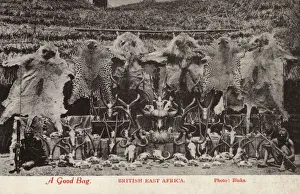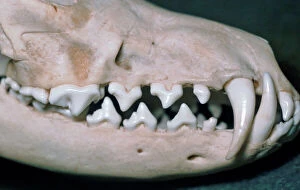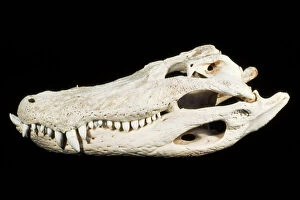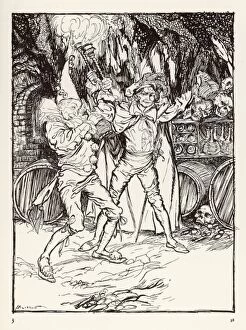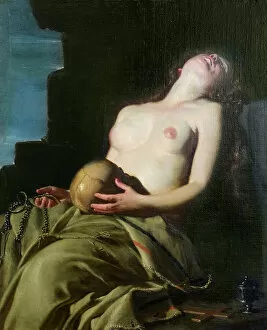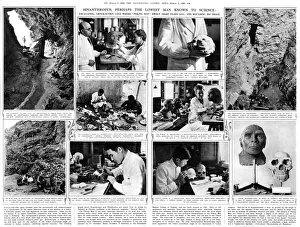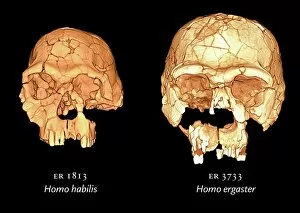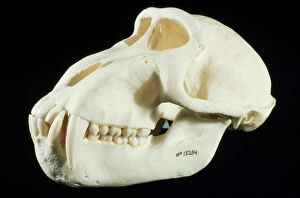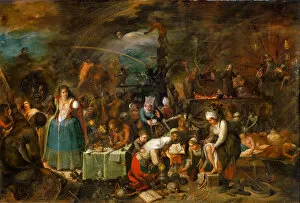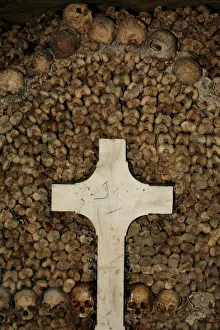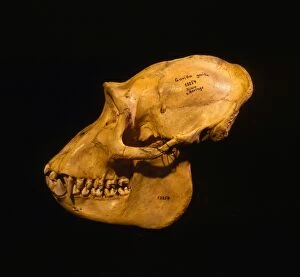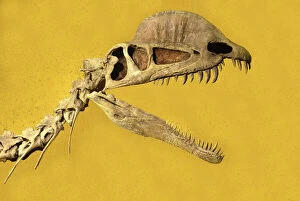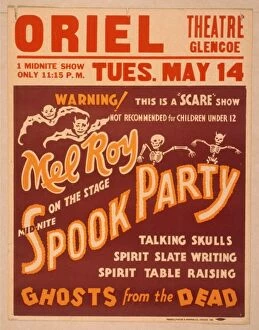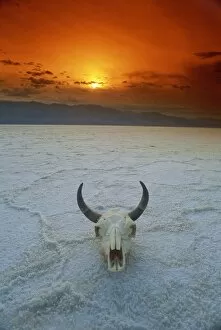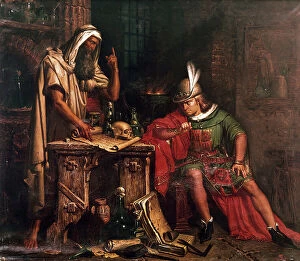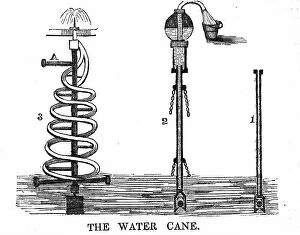Skulls Collection
Skulls, a fascinating symbol of life and death, have captivated human curiosity for centuries
All Professionally Made to Order for Quick Shipping
Skulls, a fascinating symbol of life and death, have captivated human curiosity for centuries. Primate skulls offer us a glimpse into our evolutionary past, reminding us of our shared ancestry with these intelligent creatures. In the Ossuary Chapel in Valletta, Malta, thousands of skeletal remains are meticulously arranged to create an eerie yet awe-inspiring sight. This macabre display serves as a poignant reminder of mortality and the transient nature of existence. Sugar skull decorations adorning the streets during the Day of the Dead festival in San Miguel de Allende bring vibrancy and color to this ancient Mexican tradition. These intricate designs pay homage to loved ones who have passed away while celebrating their lives with joyous festivities. Goddess Kali, often depicted with a necklace made from human skulls around her neck, represents both creation and destruction in Hindu mythology. Her fierce image reminds us that life is full of contrasts and cycles. Patzcuaro in Michoacan state, Mexico is renowned for its sugar candy skulls crafted during the Day of the Dead celebrations. These sweet treats not only satisfy taste buds but also honor deceased loved ones by capturing their essence through vibrant colors and delicate details. The Ossuary Chapel once again emerges in Valletta, Malta as it houses another collection - an enduring testament to mortality's grip on humanity throughout history. Its haunting presence invites introspection about our own impermanence. Artworks like "Penitent Magdalen" depict Saint Mary Magdalene seeking redemption through penance. The skull motif within such paintings serves as a memento mori – a reminder that death awaits all regardless of status or piety. Scientific discoveries like Peking Man shed light on our evolutionary journey by providing crucial links between species long gone but not forgotten. These ancient remains deepen our understanding of human origins while fueling further exploration into our collective past.

